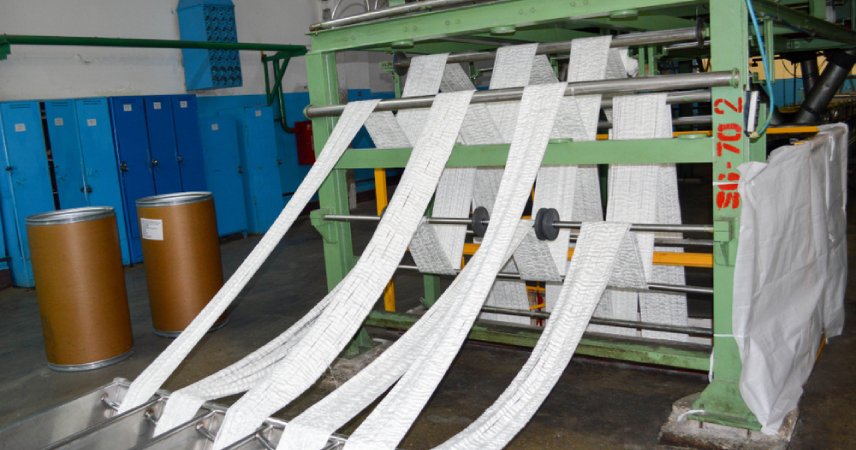Introduction
In today’s packaging industry, stretch film and cling film play a crucial role in wrapping, protecting, and preserving products. Whether it’s pallet wrapping for logistics or food-grade cling film for household and industrial use, the demand for these films continues to rise globally. The Synthetic String (Sutli) Plant is specialized machinery that produces sutli using recycled polypropylene (PP) granules, making it an eco-friendly and economical product. This blog explores how the plant works, its applications, benefits, and why it’s a smart investment in today’s packaging market.
What is a Synthetic String (Sutli) Plant?
A Synthetic Sutli Plant is an extrusion line designed to produce lightweight, strong, and durable plastic string. The plant typically uses recycled PP granules, reducing raw material costs while offering a sustainable alternative to natural fiber ropes.
The sutli produced is:
Tough and durable
Lightweight yet strong
Moisture and chemical resistant
Cost-effective compared to jute/cotton ropes
Working Process of Synthetic Sutli Plant
Raw Material Feeding – Recycled polypropylene granules (sometimes mixed with virgin PP or fillers) are loaded into the extruder.
Extrusion – The raw material is melted and extruded into thin flat strips.
Stretching & Orientation – The extruded strips are stretched to increase tensile strength.
Cooling & Winding – The stretched strips are cooled, twisted (if required), and wound into spools/rolls.
Finishing – Rolls are cut into desired sizes for end users.
Applications of Synthetic Sutli
Synthetic string has multi-industry applications, including:
Packaging Industry – Tying cartons, boxes, and parcels.
Logistics & Transport – Securing goods during transit.
Agriculture – Bundling crops, hay, and produce.
Newspapers & Printing Houses – Bundling newspapers, magazines, and books.
Retail & Household – General-purpose binding and packaging.
Industrial Use – Rope and twine manufacturing.
Types of Synthetic Sutli
Twisted Sutli – Extra strength for heavy-duty packaging.
Flat Sutli – Economical, widely used in newspaper bundling.
Colored Sutli – Available in different shades for identification and branding.
Heavy-Duty Sutli – For agricultural and industrial applications..
Advantages of Synthetic Sutli Plant
Eco-Friendly Production – Utilizes recycled polypropylene.
High Demand – Essential in packaging, logistics, agriculture, and retail.
Cost-Effective – Cheaper than natural fiber ropes.
Durable & Reliable – Resistant to moisture, chemicals, and pests.
Scalable Business – Plants can be set up with varying capacities (small, medium, or large scale).
Versatile Product – Can produce sutli in different widths, colors, and strengths.
Quick ROI – Continuous consumption ensures steady market demand.
Key Factors to Consider Before Setting Up a Sutli Plant
Production Capacity – Decide based on demand (e.g., 50–300 kg/hr).
Raw Material Availability – Steady supply of recycled PP.
Automation Level – Manual, semi-automatic, or fully automatic plants.
Energy Efficiency – Advanced heating and drive systems reduce costs.
Customization – Ability to produce different sizes and colors.
After-Sales Support – Availability of spare parts and technical assistance.
Future of Synthetic Sutli Market
The global shift towards sustainable and cost-effective packaging solutions ensures consistent growth for synthetic sutli. With booming e-commerce, retail, and agriculture sectors, demand is expected to rise further. Additionally, governments are encouraging plastic recycling and reuse, making recycled PP-based sutli even more relevant.
Innovations in biodegradable sutli and eco-friendly additives are also shaping the future of the industry.


